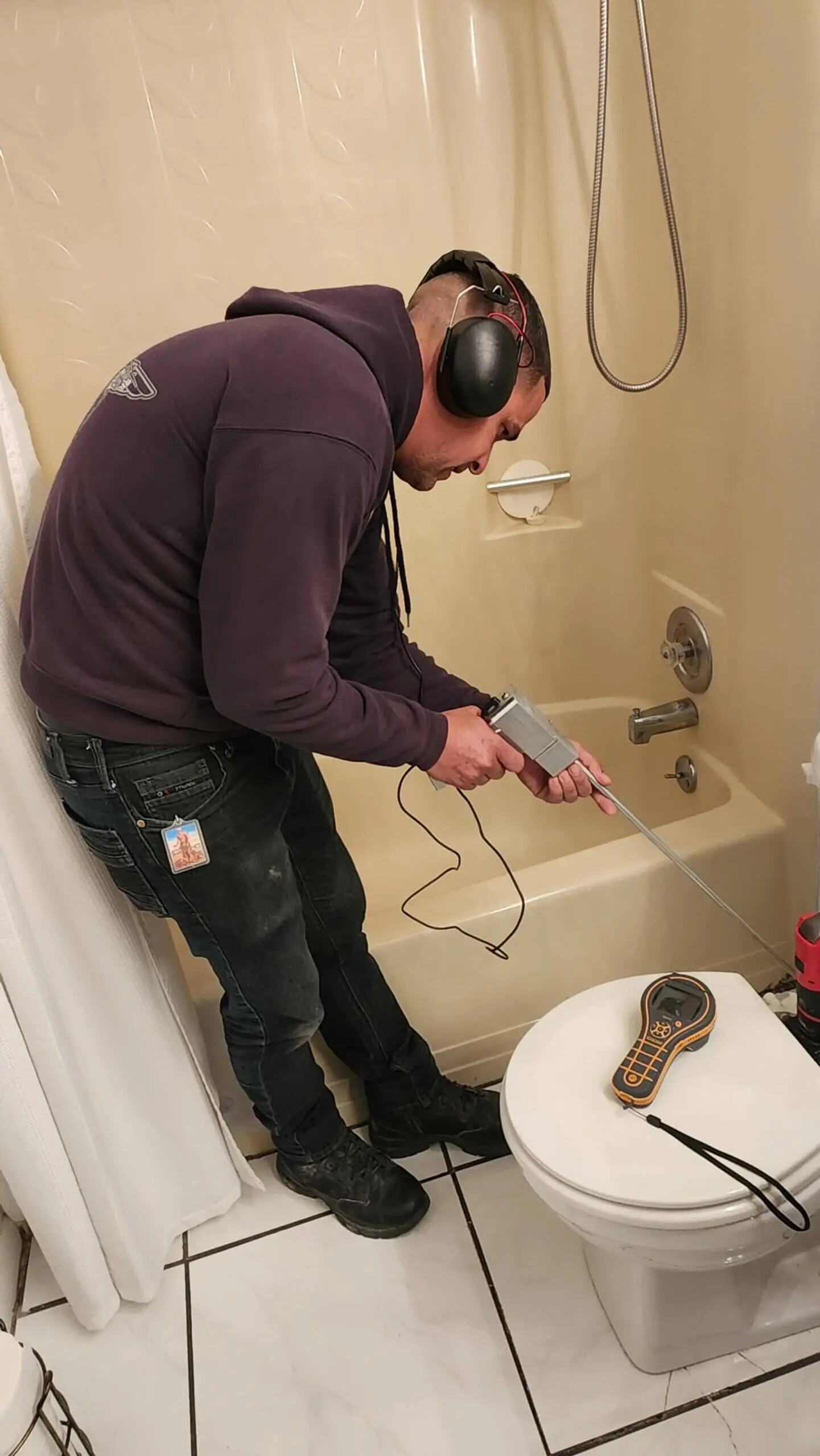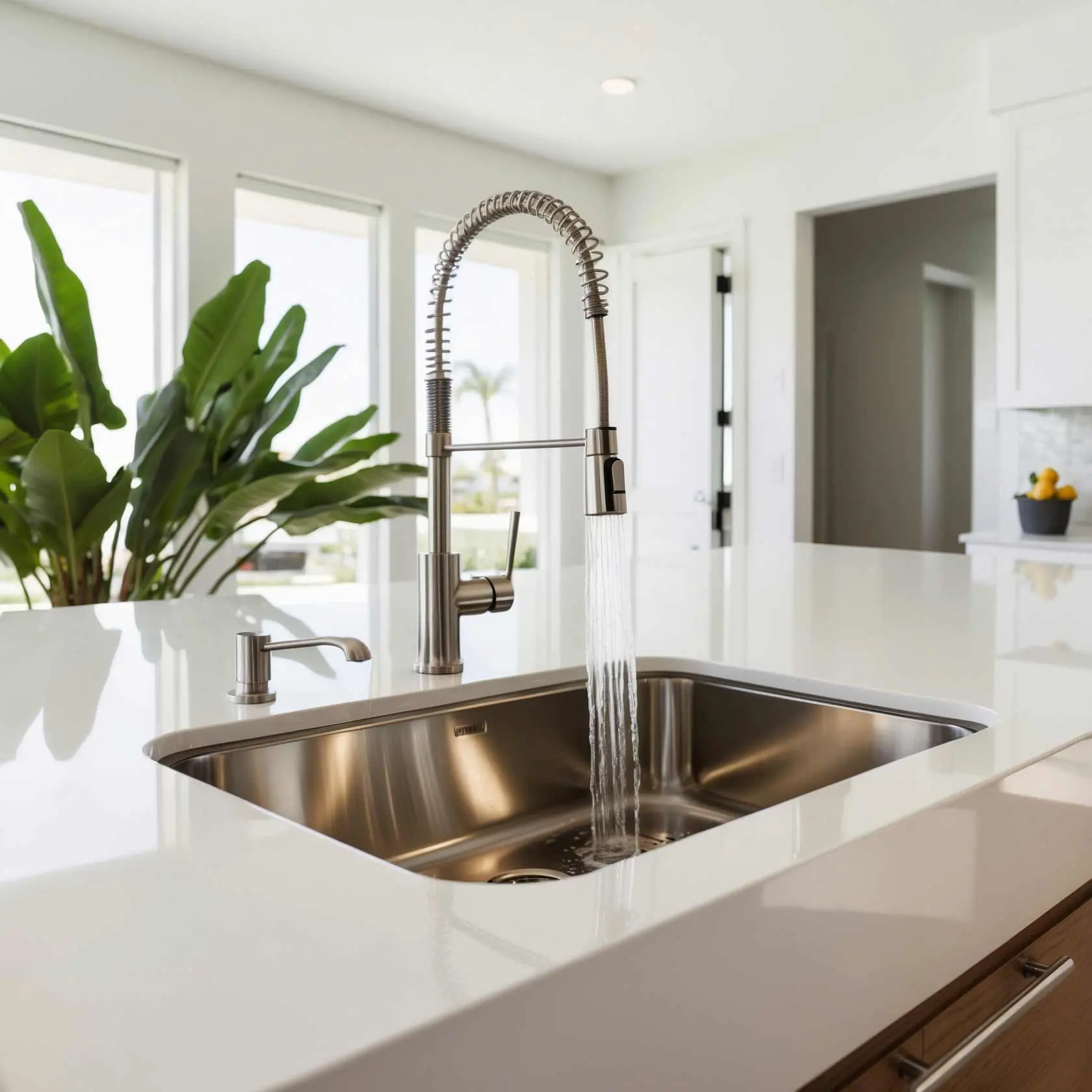Mold-Free Living: Can Mold Be Completely Removed From A House?
Introduction
Mold—it's that pesky little fungus that can turn your cozy abode into a health hazard if left unchecked. The question on everyone's mind is, "Can you truly eliminate mold from your home for good?" This article dives deep into the realm of mold removal, exploring various strategies, tips, and insights to achieve a mold-free living space. We’ll uncover everything from understanding what mold is and how it thrives to practical steps for removal and prevention. So grab a cup of coffee, sit back, and let’s embark on this journey toward a healthier home.
Understanding Mold: What Is It?
The Science Behind Mold
Mold is a type of fungus that thrives in damp environments. It reproduces through tiny spores that float in the air. When these spores land on a wet surface, they can grow rapidly, creating the fuzzy patches we often associate with mold.
Common Types of Mold Found Indoors
There are several types of indoor molds, each differing in color and texture:
- Aspergillus: Commonly found in homes; some strains can produce toxins.
- Cladosporium: Often appears as black or green spots; frequently seen on fabrics.
- Stachybotrys chartarum (Black Mold): Known for its potential health hazards.
Where Does Mold Grow?
Mold generally likes to hang out in warm, damp areas such as:


- Basements
- Bathrooms
- Kitchens
- Under sinks
- Around windows
The Health Risks Associated with Mold Exposure
Symptoms of Mold Exposure
Exposure to mold can lead to various health issues, especially for those with allergies or respiratory conditions. Symptoms include:
- Sneezing
- Coughing
- Skin rashes
- Asthma attacks
Vulnerable Populations
Certain groups may be more susceptible to the adverse effects of mold:

- Children
- Elderly individuals
- People with weakened immune systems
Long-Term Effects of Mold Exposure
Prolonged exposure may lead to chronic respiratory problems and other severe health complications.
Mold Removal Techniques: Can You Really Get Rid of It?
DIY vs. Professional Mold Removal Services
One burning question remains: Should you tackle mold removal yourself or hire professionals?
DIY Options
While minor infestations can be managed with household products like vinegar or hydrogen peroxide, extensive growth typically requires expert intervention.
Professional Services
Hiring certified professionals ensures thorough investigation and remediation tailored to your specific situation.
Essential Steps for Effective Mold Removal
Step 1: Identify the Source of Moisture
Before removing any visible mold, it's crucial to address the moisture source that fuels its growth. Look for leaks in plumbing or roofing and fix them promptly.
Step 2: Contain the Area
To prevent spores from spreading during cleanup:
Step 3: Remove Contaminated Materials
Dispose of porous materials like carpets or drywall if they’ve been severely contaminated.
Step 4: Clean Non-Porous Surfaces
Use a mixture of soap and water or commercial mold removers on non-porous surfaces.
Mold Prevention Strategies: Keeping Your Home Safe!
Controlling Humidity Levels
Maintaining humidity levels below 50% can significantly reduce mold growth chances. Consider using dehumidifiers in problem areas.
Regular Inspections
Conduct routine checks in high-risk areas like basements and bathrooms to catch any signs early.
Proper Ventilation
Ensure adequate airflow throughout your home by utilizing exhaust fans and opening windows when weather permits.
Cleaning Supplies You Need for Successful Mold Removal
| Item | Purpose | |-------------------------|---------------------------------------| | Bleach | Disinfectant for non-porous surfaces | | Vinegar | Natural cleaning agent | | Baking Soda | Deodorizer and mild abrasive | | Protective Gear | Masks and gloves for safety |
The Role of Air Purifiers in Fostering a Mold-Free Environment
Air purifiers equipped with HEPA filters are effective at capturing airborne spores, thus maintaining cleaner air quality within your home.
Understanding Your Home’s Building Materials’ Role in Mold Growth
Different materials react differently under moisture conditions. For example:
- Wood absorbs moisture easily but is also prone to rot.
- Concrete offers less risk but can still harbor dust and debris where mold might settle.
Being aware of what materials make up your home can help you manage moisture effectively.
How Weather Affects Indoor Mold Growth?
Climate plays a significant role in mold proliferation:
The Economic Impact of Mold Infestation on Homeowners
Ignoring mold issues can lead to costly repairs down the line due to structural damage or health-related expenses caused by prolonged exposure.
Can Home Remedies Really Help With Mold Removal?
Many homeowners swear by natural remedies like vinegar or baking soda when it comes to minor infestations—these solutions are cost-effective yet may not work against larger problems.
FAQs about Mold-Free Living
FAQ 1: How do I know if I have mold in my house?
You might smell musty odors or notice discoloration on walls or ceilings as indicators that mold is present.
FAQ 2: Can I remove black mold myself?
If it's a small area (less than 10 square feet), you might handle it yourself; however, larger infestations should be left to professionals due to health risks involved with exposure during cleanup.
FAQ 3: What kills mold instantly?
Bleach is often cited as an effective method for killing surface-level molds; however, it does not penetrate porous materials deeply.
FAQ 4: How long does it take for mold to grow?
Mold can begin growing within 24–48 https://tiptop-plumbing.com/pembroke-pines/ hours under optimal conditions—warmth and moisture being key factors!
FAQ 5: Is there any way to completely prevent it?
While complete prevention isn’t always possible due to environmental factors, controlling humidity levels and addressing leaks promptly goes a long way!
FAQ 6: Is all black mold toxic?
Not all black molds are harmful; however, Stachybotrys chartarum is known for producing mycotoxins which may pose serious health risks!
Conclusion
So there you have it—a comprehensive guide aimed at answering the pressing question posed at the beginning: “Can you truly eliminate mold from your home for good?” While total eradication may be an elusive goal due to nature's resilience, taking proactive measures will certainly minimize its presence significantly! Armed with knowledge about identifying sources, employing effective removal methods, practicing regular maintenance habits—you're now better equipped than ever before! Here's wishing you happy—and most importantly—mold-free living!